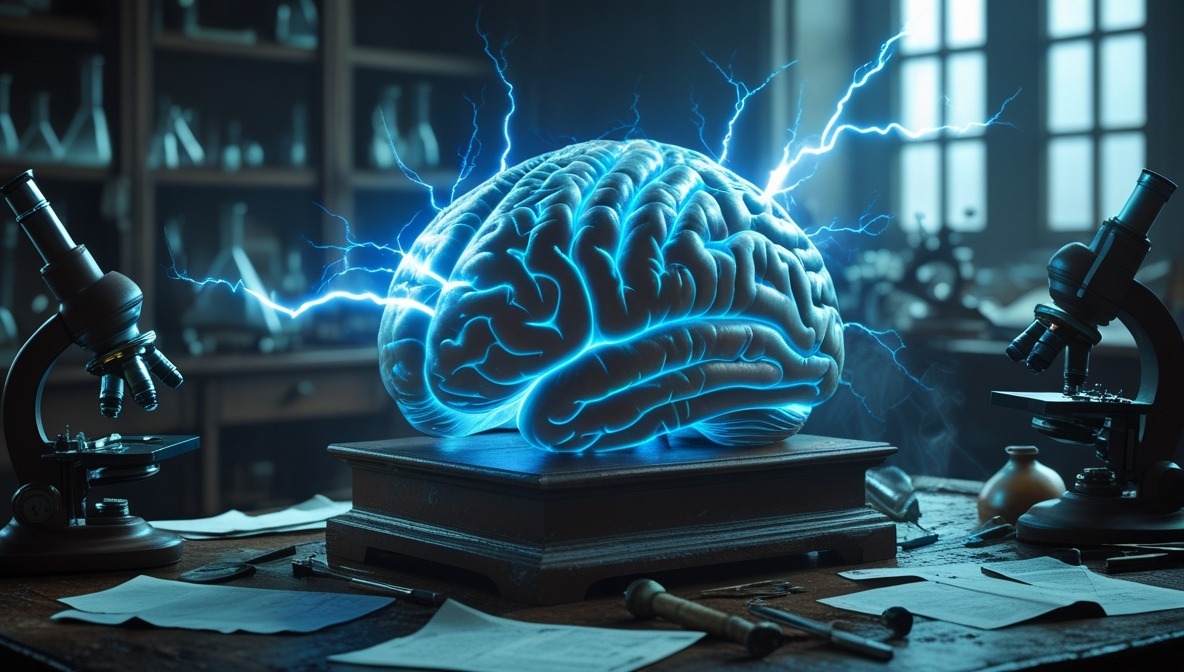When a person dies, a surge of activity occurs in the brain. American scientists, led by Julieta Trejo, studied this phenomenon by observing rats during euthanasia. By implanting electrodes into the animals’ brains to track activity in different regions, they found that after breathing stopped and the euthanizing process began, brain activity did not immediately decrease but briefly and sharply increased. This was especially noticeable in rats that had not been given anesthesia.
This burst of neuronal activity may be related to reports of near-death experiences described by people who have been on the verge of death. It is believed that these final processes in the brain generate vivid visions, the sensation of being out of one’s body, and other unique events. Moreover, the healthier the person, the higher the brain activity—it is especially pronounced in people who are in relatively good shape but die suddenly.
Incidentally, the vivid experiences that people have during near-death experiences may be related to dreamlike imagery that arises during REM sleep. At the moment of death, the brain might activate stored images characteristic of dreams. The authors suggest that these phenomena are similar, essentially confirming that near-death experiences may be one of the phase states.
The article was published in April 2025 in the Scientific Reports.
Get all the latest news about lucid dreams via our channels on Telegram, Facebook, Twitter




